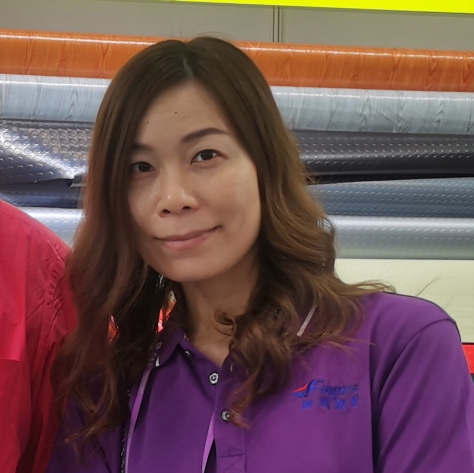Navigating Challenges and Seizing Opportunities in the PVC Clear Sheet Industry
 Mar 18,2024
Mar 18,2024
 33
33
 FLAGLES PLASTIC
FLAGLES PLASTIC
Introduction: The PVC clear sheet industry faces a dynamic landscape characterized by both challenges and opportunities. In this article, we will explore the key challenges confronting the industry and the potential opportunities for growth and innovation.

Environmental Concerns: Challenge: One of the primary challenges facing the PVC clear sheet industry is environmental sustainability. PVC, as a plastic material, has come under scrutiny for its environmental impact, including concerns about recycling, disposal, and potential health risks associated with additives. Opportunity: However, this challenge also presents an opportunity for innovation. Companies can invest in research and development to develop eco-friendly alternatives to traditional PVC clear sheets, such as bio-based plastics or recyclable materials. By embracing sustainability, companies can differentiate themselves in the market and appeal to environmentally conscious consumers.
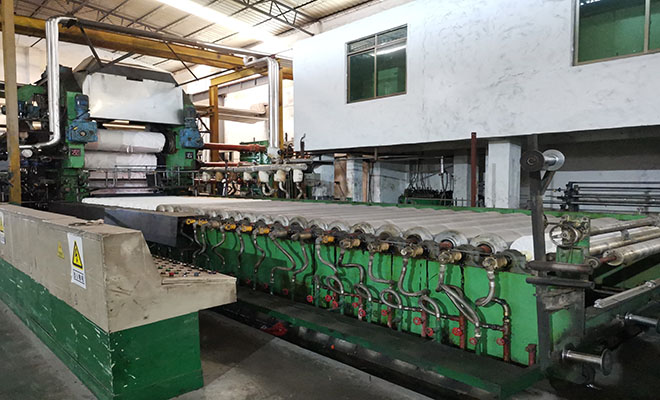
Regulatory Compliance: Challenge: Regulatory requirements and standards governing the use of PVC clear sheets can vary by region, posing compliance challenges for manufacturers and suppliers. Ensuring compliance with regulations related to chemical content, product safety, and labeling can be complex and resource-intensive. Opportunity: Compliance with regulations presents an opportunity for companies to demonstrate their commitment to product quality, safety, and transparency. By proactively adhering to regulatory requirements and obtaining relevant certifications, companies can enhance their credibility and competitiveness in the market.
Competitive Market Landscape: Challenge: The PVC clear sheet industry is highly competitive, with numerous players vying for market share. Intense competition can lead to price pressures, margin erosion, and commoditization of products, especially in mature markets. Opportunity: Amidst competition, there are opportunities for differentiation and innovation. Companies can differentiate their offerings through product innovation, customization, and value-added services. By focusing on niche markets, specialty applications, or unique value propositions, companies can carve out a distinct competitive advantage.
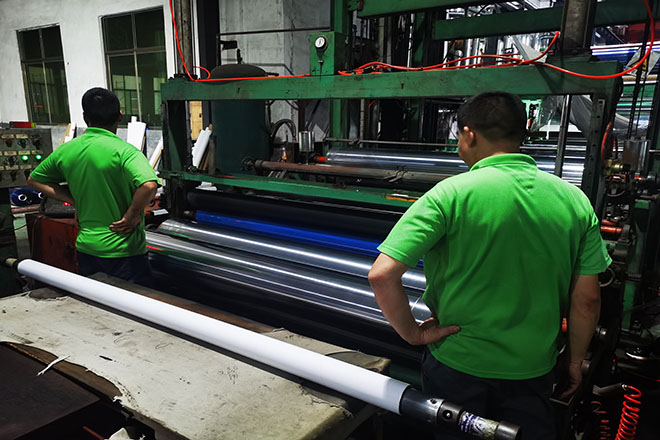
Technological Advancements: Challenge: Rapid technological advancements in manufacturing processes, materials, and digital technologies present both opportunities and challenges for the PVC clear sheet industry. Keeping pace with technological changes requires continuous investment in research and development, as well as upskilling of workforce. Opportunity: Embracing technological advancements opens doors to improved product quality, efficiency, and customer experience. Companies can leverage automation, digitalization, and data analytics to optimize production processes, enhance product performance, and streamline supply chain operations.
Market Diversification: Challenge: Overreliance on a single market or application segment can expose companies to risks associated with market volatility, economic downturns, and shifts in consumer preferences. Opportunity: Diversification of market segments and applications can mitigate risks and create new growth opportunities. Companies can explore emerging markets, niche applications, and untapped customer segments to expand their customer base and revenue streams.
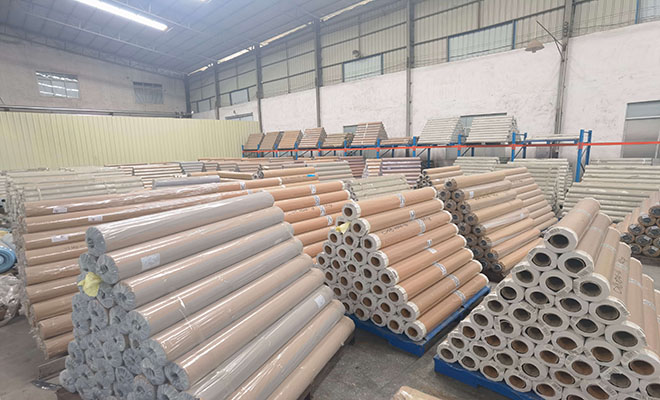
Conclusion: The PVC clear sheet industry faces challenges ranging from environmental concerns to regulatory compliance and market competition. However, these challenges also present opportunities for innovation, differentiation, and market expansion. By addressing challenges proactively and capitalizing on opportunities, companies can navigate the evolving landscape and thrive in the PVC clear sheet industry.

 Home
Home Understanding PVC Tarpaulin: Properties, Applications, and Benefits
Understanding PVC Tarpaulin: Properties, Applications, and Benefits  You May Also Like
You May Also Like


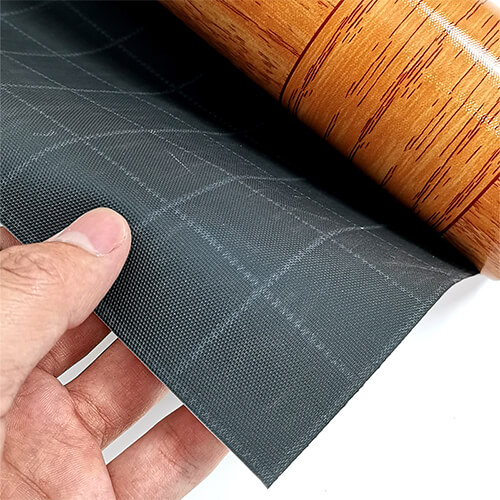
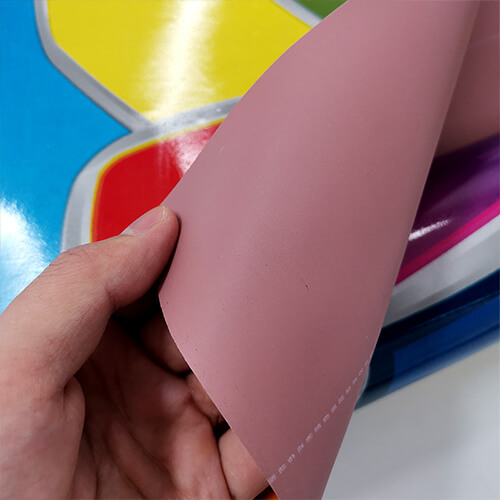
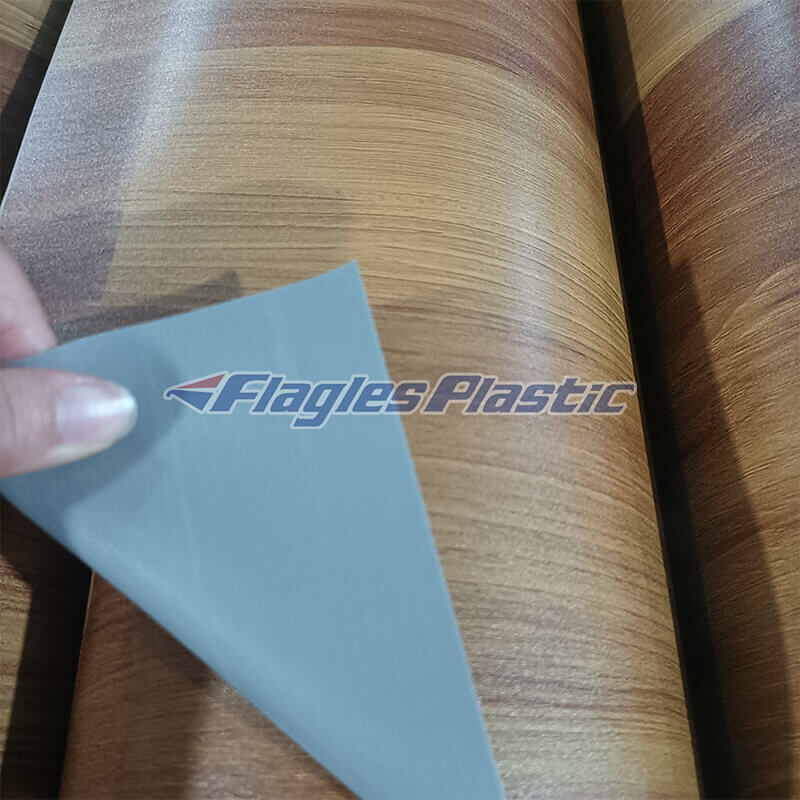
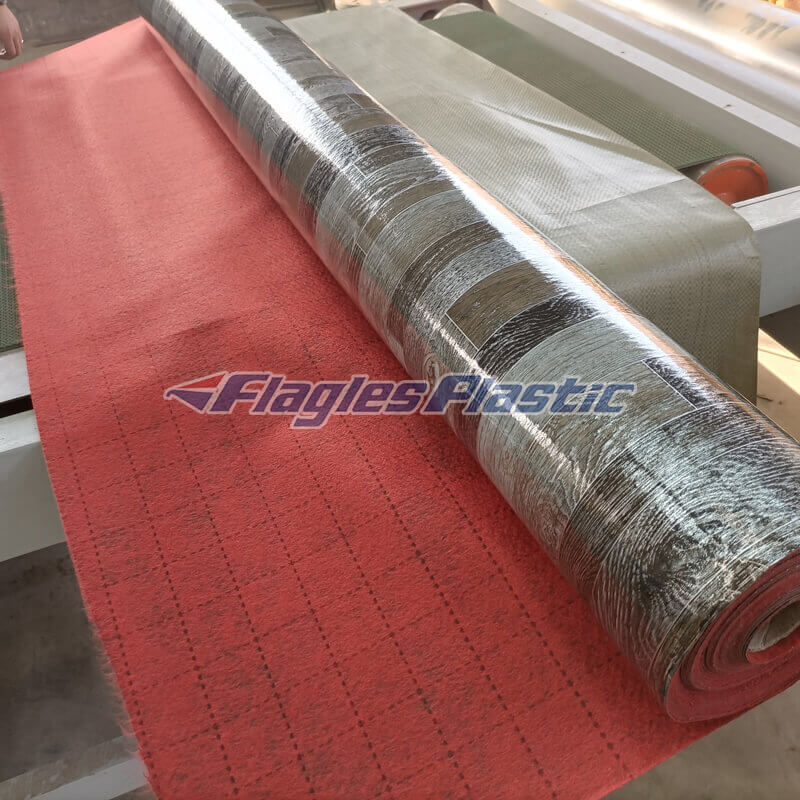


 Tel
Tel
 Email
Email
 Address
Address



